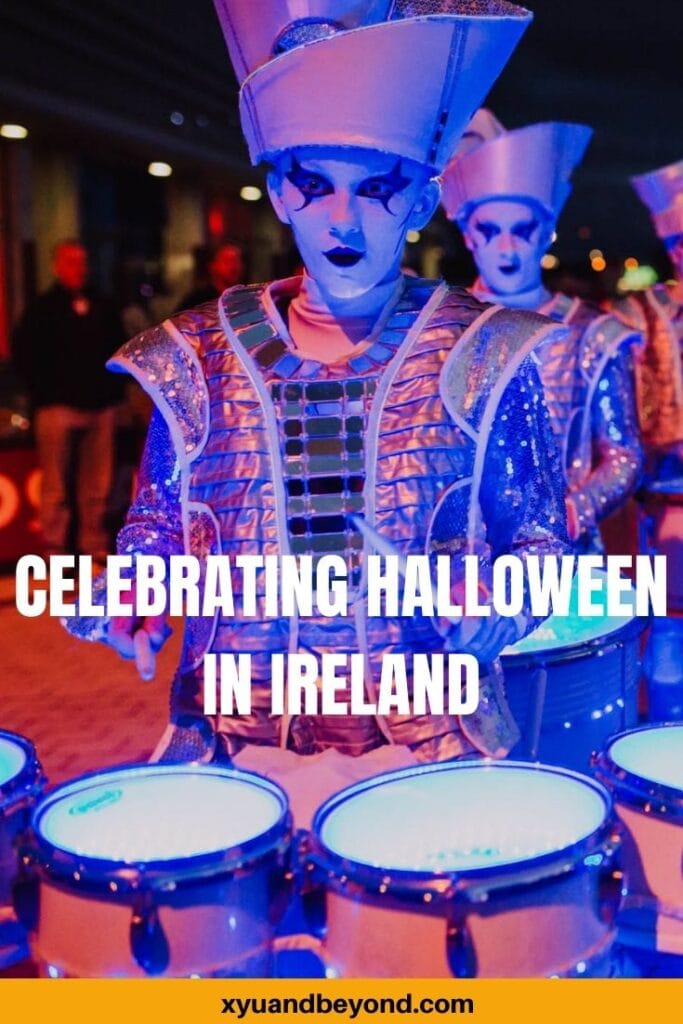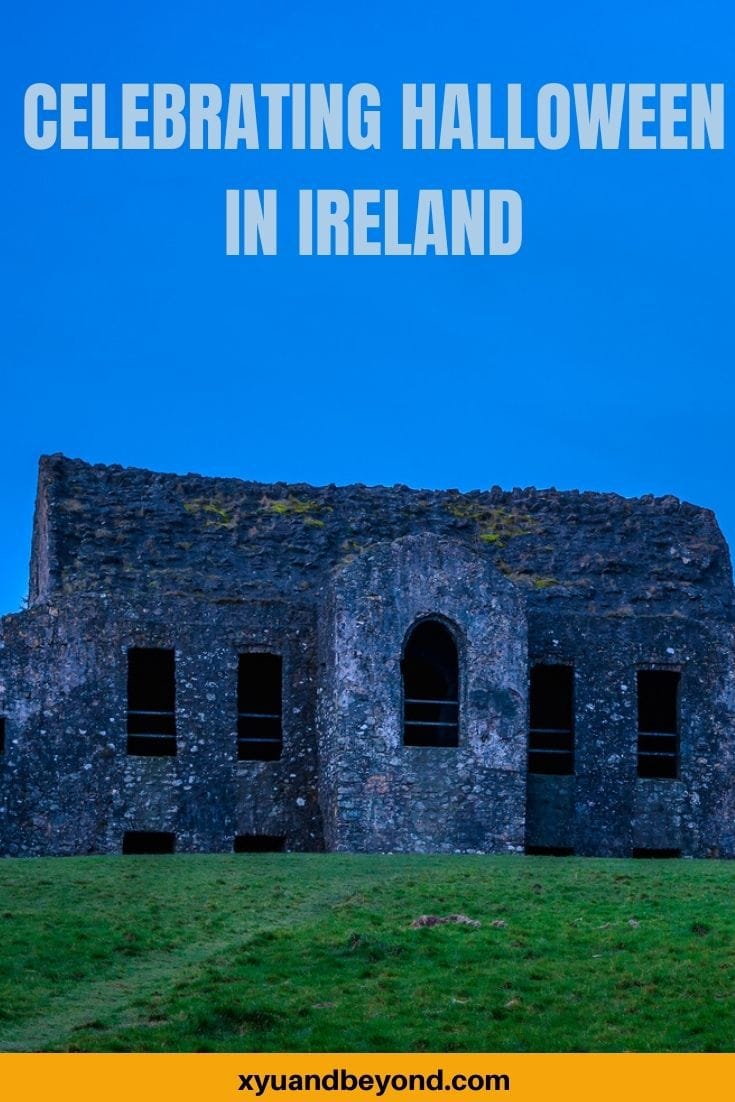Halloween in Ireland: perfect ways to celebrate Samhain
Samhain is, of course, the precursor to Halloween and it is the rituals of Halloween are from the traditional Samhain rituals that have been folded into our Halloween celebrations. Some will know the ancient Irish roots of the candy-filled fun night, many won’t. Samhain or Halloween originated here in Ireland. Halloween in Ireland is a time of feasting, special events, parades, and good craic.
Ireland is a land of legends and fairytales and the celebration of Samhain (Halloween in Ireland) is full of superstitions and rituals. Samhain is celebrated all over Ireland including Newgrange where the winter solstice takes place deep within the megalithic barrows.
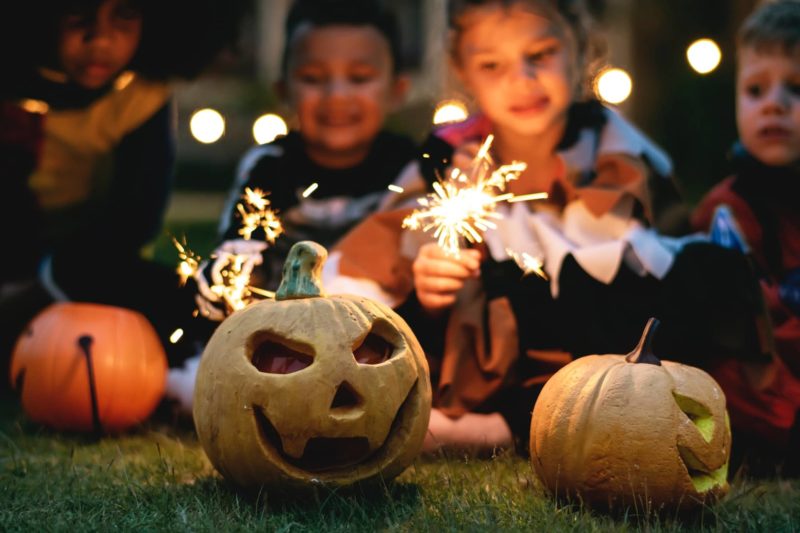
Where did Halloween in Ireland start?
- Halloween in Ireland: perfect ways to celebrate Samhain
- Where did Halloween in Ireland start?
- Irish Mythology – the origins of Halloween
- Irish Halloween customs
- Halloween in Ireland Samhain Traditions
- Celebrating the Celtic Festival of Samhain – Celtic Halloween traditions
- Tlachtga Fire Ceremony
- Halloween events Ireland
- Halloween in Ireland – Derry 2023
- A great Samhain gathering.
- The Púca festival – Pooka Festival
- The Bram Stoker Festival
- Grace Neills the most haunted pub in Ireland
- St. Michan's Mummies
- Ghostbus Tour of Dublin
- Gravedigger Tour
- Bram Stoker Dublin City Walking Tour
- Northside Ghost Walk of Dublin
- Gravedigger Ghost Ship Famine Tour 2
- Spirits of Meath
- Galway Aboo Halloween Festival 2023
Xyuandbeyond is reader-supported. When you buy through links on our site, we may earn an affiliate commission. You can read my privacy policy here.
Irish Mythology – the origins of Halloween
Samhain is Irish Gaelic for “summer’s end.” The standard Irish pronunciation is “sow-in” with the “ow” like in “cow.” Other pronunciations that follow with the many Gaelic dialects include “sow-een” “shahvin” “sowin” (with “ow” like in “glow”). The Scots Gaelic spelling is “Samhuin” or “Samhuinn.”
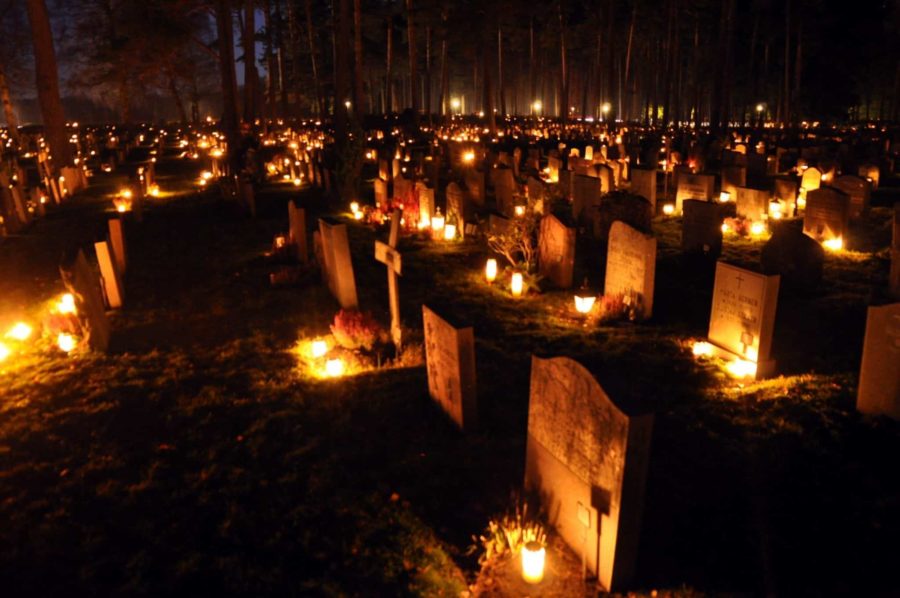
Samhain marked the conclusion of the summer and the start of winter, a period characterized by lengthy and frigid nights, and for numerous individuals, an omen of demise. As these two seasons coincided during Samhain, it was believed that the deceased would return to the earthly realm, hence the lighting of massive communal fires as a means of protecting the people against evil spirits. These fire festivals were extensively recorded at the royal court of Tara and featured a Feile na Marbh, a celebration honoring the departed.
In the 8th century, the Catholic Church designated the first day of November as ‘All Saints Day’ (‘All Hallows’) – a day of commemoration for those Saints that did not have a specific day of remembrance. The night before was known as ‘All Hallows Eve’ which, over time, became known as Halloween. This was done to incorporate the ancient pagan traditions of Ireland that the Church wanted to overcome and blend into Christianity.
Irish Halloween customs
Traditional Irish Samhain/Halloween Dinner
The traditional Irish dinner is boiled potato, colcannon, cabbage, and raw onions. Not sure why the raw onions as nobody can explain that one, but coins are said to be wrapped in paper and then put into the potatoes for the children to find. I guess that’s the Irish version of trick or treat.
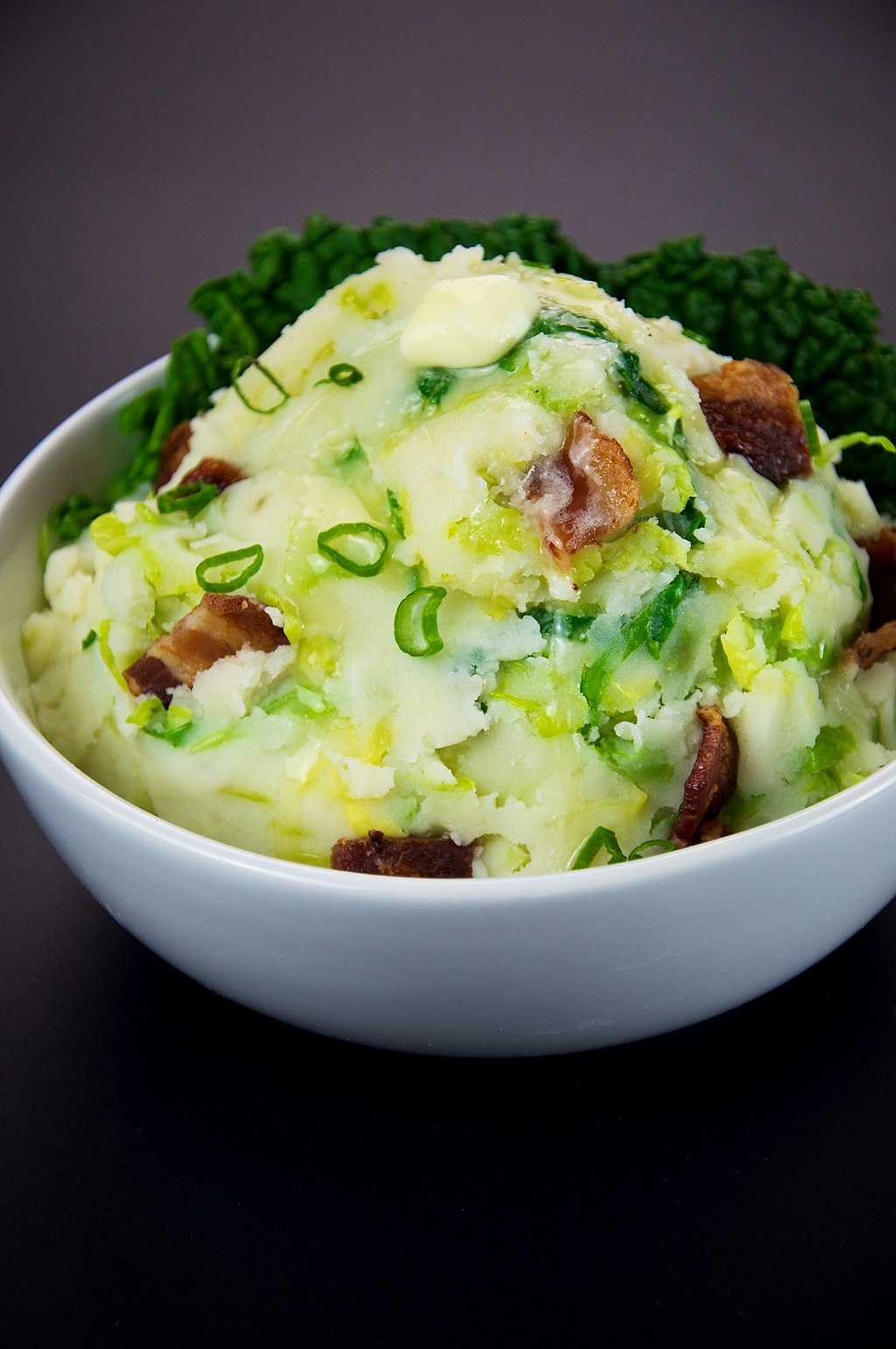
Barmbrack Cake
The traditional Halloween cake is served is barmbrack which is a fruit bread. Each member of the family gets a slice. Hidden within the bread are a coin, a ring, and a piece of rag. If you get the rag then your financial future is not great, the coin means prosperity and the ring is of course romance in the offing.
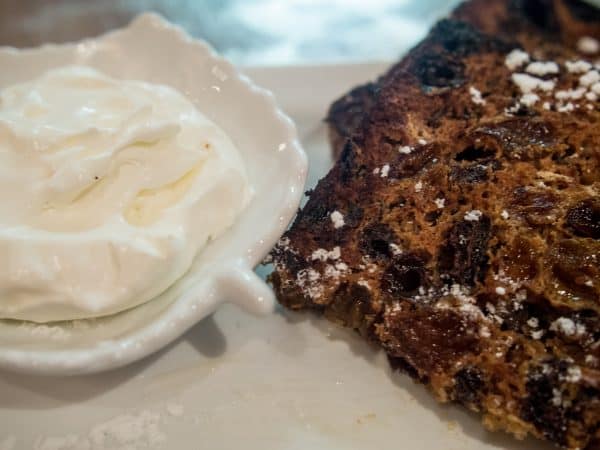
Ivy Leaf
Each member of the family places a perfect ivy leaf into a cup of water and it is then left undisturbed overnight. If, in the morning, a leaf is still perfect and has not developed any spots then the person who placed the leaf in the cup can be sure of 12 months’ health until the following Halloween. (from Irish Halloween traditions)
The Pumpkin or Irish Turnip carving
Carving turnips dates back to the eighteenth century and to an Irish blacksmith named Jack who colluded with the Devil and was denied entry to Heaven. He was condemned to wander the earth but asked the Devil for some light. He was given a burning coal ember which he placed inside a turnip that he had gouged out.
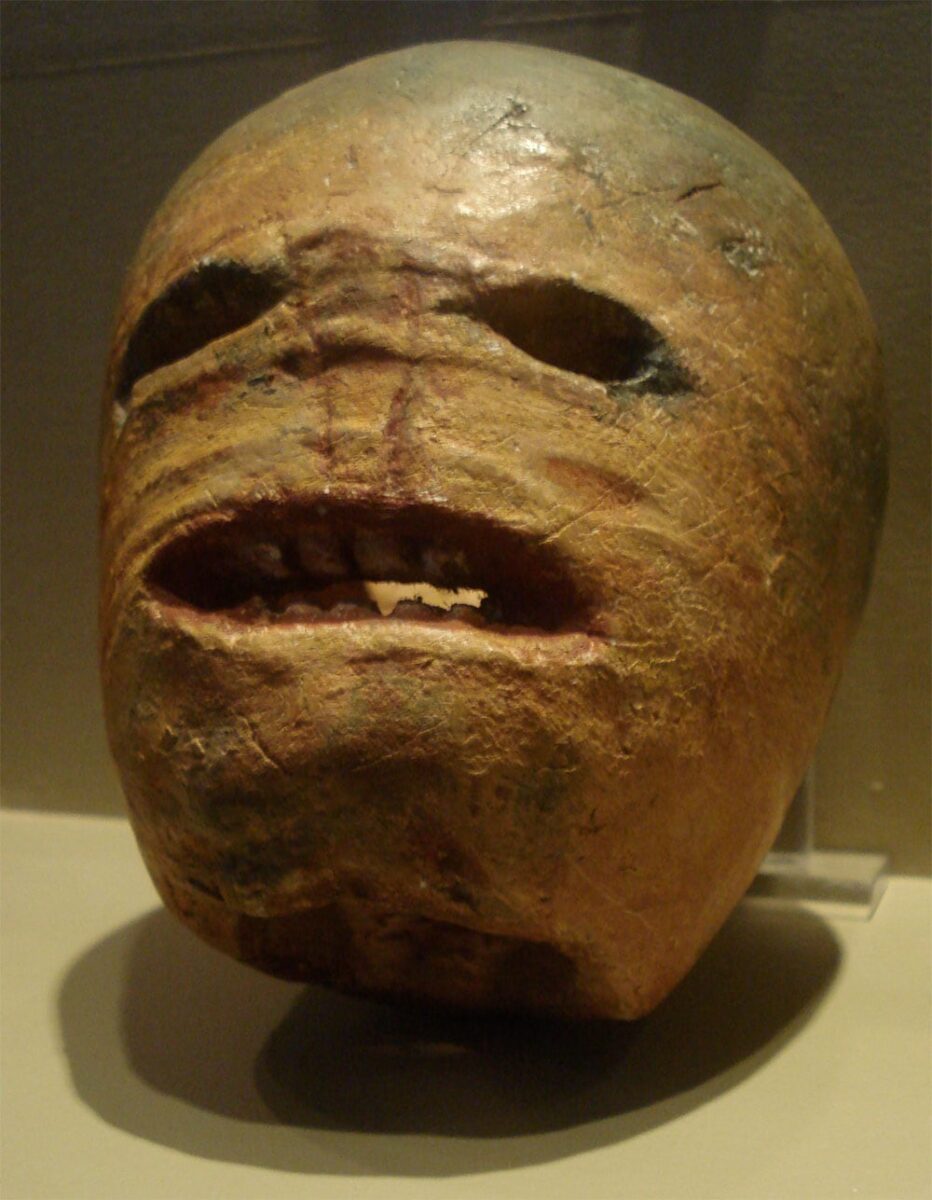
Villagers in Ireland hoped that the lantern in their window would keep the wanderer away. When the Irish emigrated in their millions to America there was not a great supply of turnips so pumpkins were used instead.
The Bonfire
The Halloween bonfire is a tradition to encourage dreams of who your future husband or wife is going to be. The idea was to drop a cutting of your hair into the burning embers and then dream of you future loved one. Halloween was one of the Celt ‘fire’ celebrations.
Halloween in Ireland Samhain Traditions
In Celtic Ireland nearly 2,000 years ago, Samhain was celebrated as it divides the year from summer to winter. At Samhain the division between this world and the otherworld was at its thinnest, allowing spirits to pass through. This day falls between two days Oíche Shamhna (October 31) and Lá na Marbh (November 2). Oíche Shamhna is Halloween and Lá na Marbh is the Day of the Dead, or All Souls Day when those who have passed away are remembered. It marks the beginning of the “darker half” of the year as the winter draws near.
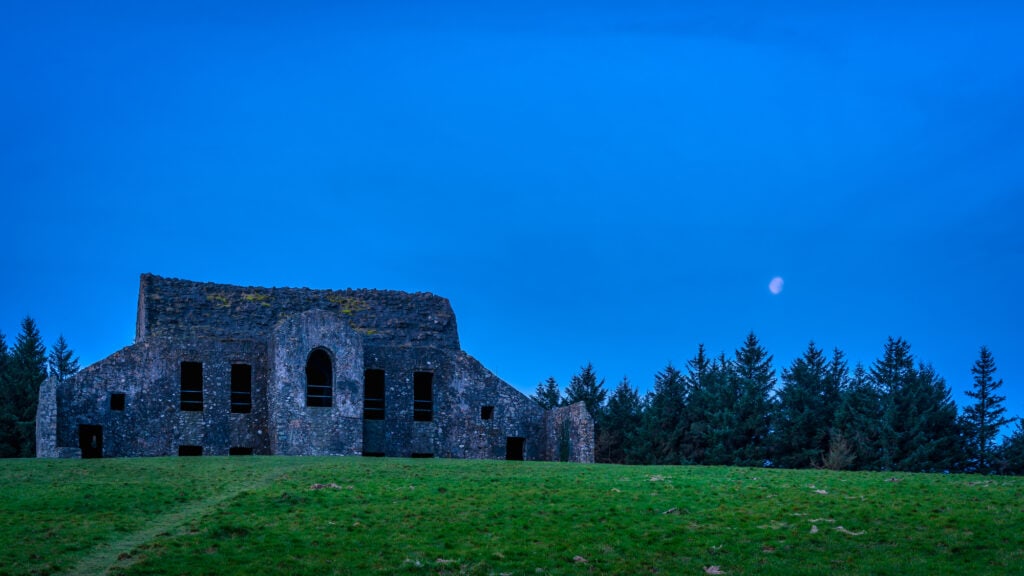
Samhain Traditions
Samhain (Halloween in Ireland) is a time to honour the family’s ancestors and those that had passed. These spirits were honoured and invited into the family home while the harmful spirits were kept away. Folks wore costumes and masked themselves as harmful spirits to avoid any harm. The bones of the family livestock were cast into communal fires and bonfires and food played a great role in the festivities.
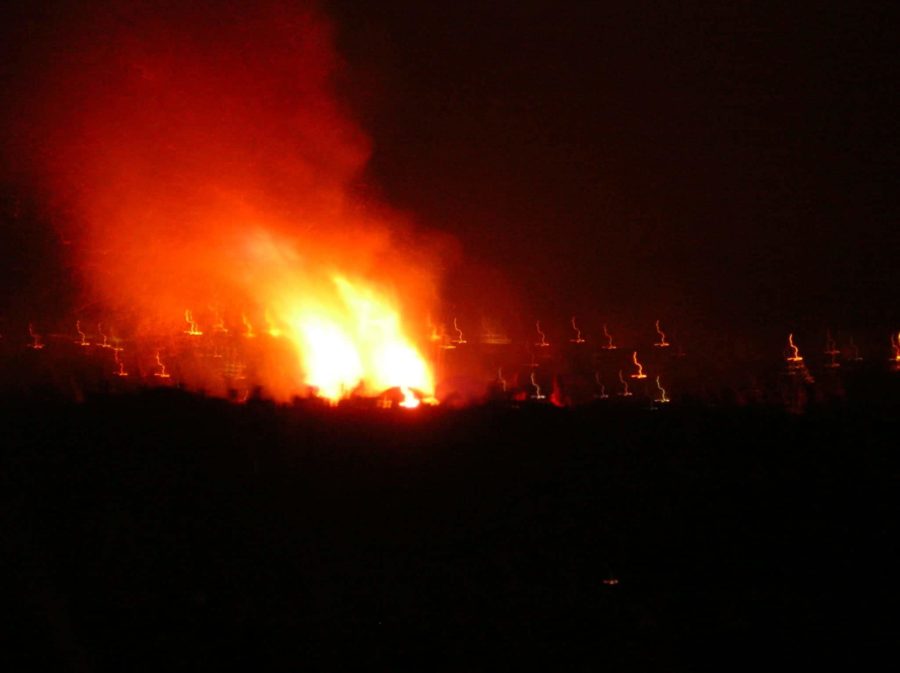
Food was prepared for the living and the dead, the dead’s portion was shared with those who didn’t have as much. The celebrations went long into the night and offerings of food and gifts were left out for the fairies and wee folk. Participants celebrated with huge bonfires to light the way into the season of the dark.
In Ireland, two hills in the Boyne Valley are associated with Samhain, Tlachtga, and Tara. Tlachtga was the Great Fire Festival’s location, which began on the eve of Samhain (Halloween). The entrance passage to the Mound of the Hostages on the Hill of Tara is aligned with the rising sun around Samhain. The Mound of the Hostages is 4,500 to 5000 years old, suggesting that Samhain was celebrated long before the first Celts arrived in Ireland.
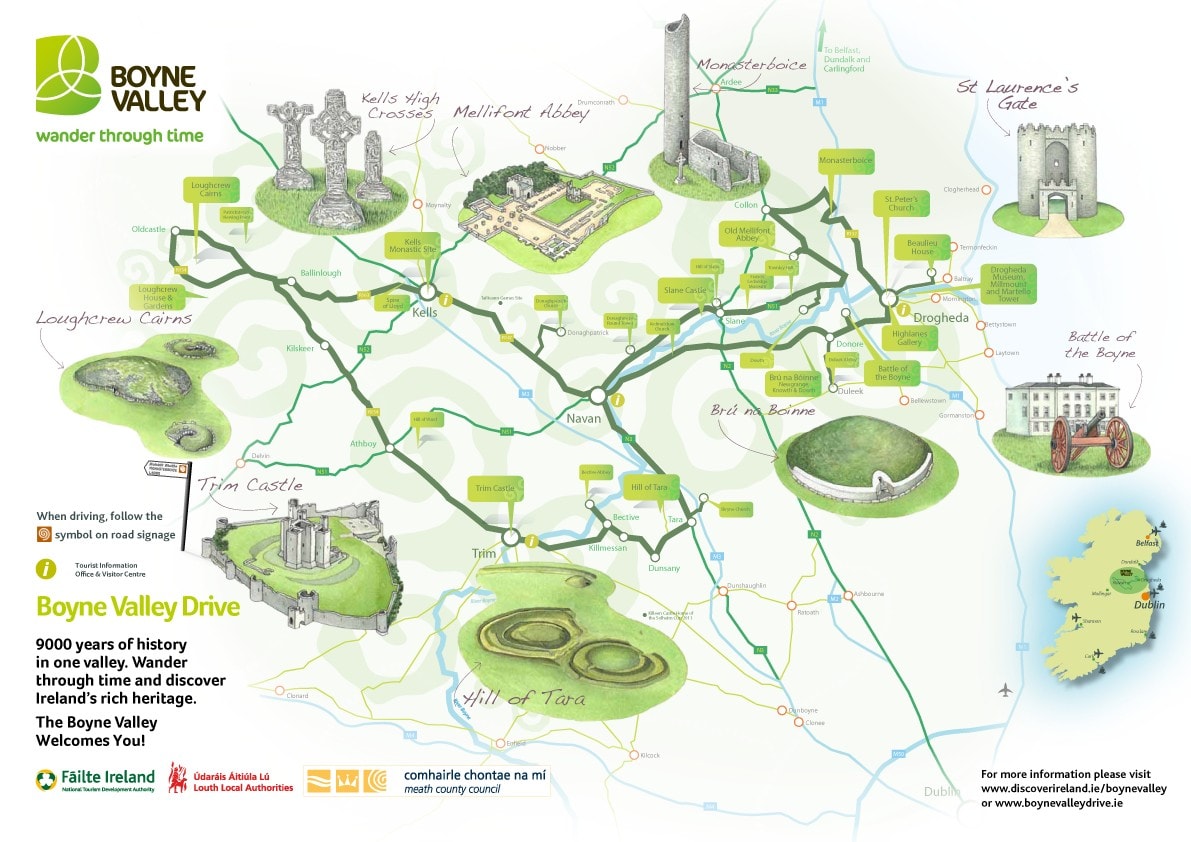
Archaeological investigation of Tlachtga has revealed evidence of intense burning on the hill which has been dated from the mid-first millennium AD, this confirms folklore stories of the hill as a setting for the Samhain fires.
The Yellow Book of Lecan
The Yellow Book of Lecan is a medieval book of tales, that reported people referred to Samhain as the “Feast of Mongfind,” a pagan Festival that celebrated a legendary witch-queen who married the King of Tara in old Ireland and was central to ancient Samhain celebrations, Selena Fox of Circle Sanctuary writes.
Samhain also has been known by other names. Some Celtic Wiccans and Druids call it Calan Gaeaf, Calan Gwaf, Kala-Goanv, or Nos Galan Gaeof. In Welsh, it is Nos Cyn Calan Gaual. It also is known as Oie Houney. A medieval book of tales, the Yellow Book of Lecan, reports that common folk called it the “Feast of Mongfind,” the legendary Witch-Queen who married a King of Tara in old Ireland. In the ancient Coligny Calendar, an engraved bronze dating from the first century C.E.and dug up in 1897 in France, Samhain is called Trinouxtion Samonii, or “Three Nights of the End of Summer.” Variant spellings of Samhain include Samain, Samuin, and Samhuinn.
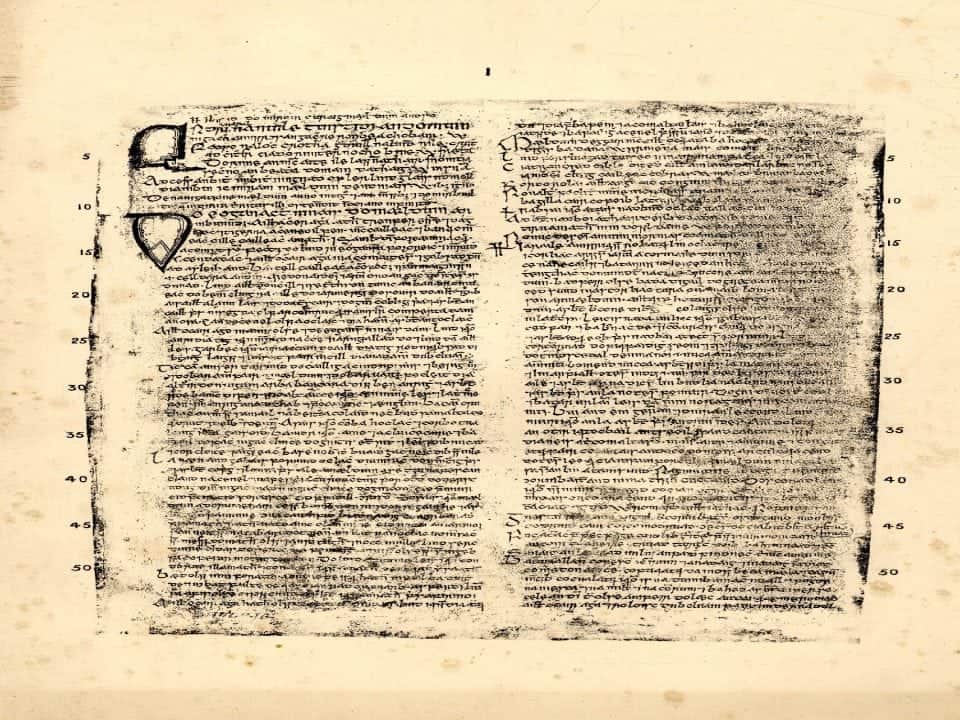
Celebrating the Celtic Festival of Samhain – Celtic Halloween traditions
Tlachtga Fire Ceremony
The festival of fire ceremony at Tlachtga in Ireland’s Ancient East was revived a few years back, and all are welcome to attend. The legend is that Tlachtga was once a powerful Druidess. Tlachtga and her father traveled the world through a portal, a spinning wheel of fire, to gain knowledge. Tlachtga’s father studied with Simon Magus – Simon the Sorcerer as did Tlachtga. When she was readying to continue her travels making new discoveries, her father was not. Because Tlachtga continued to travel and gain knowledge, her wisdom surpassed that of Magus and her father. This fact outraged the older men. Magnus’s three sons were sent to her. In some legends they fell in love and in others she was defiled. Either way she returned to her homeland of Ireland and gave birth to three son’s on the Hill of Ward and then died.

Newgrange is an amazing place to visit and see the spring solstice sun re-enactment
There are Samhain Festivals all over Ireland and the UK from Tara to Loughcrew and Rath Lugh celebrations are being prepared and everyone is welcomed to honour the ancestors and step over the threshold to the new year.
Halloween events Ireland
Derry the best place in the world to celebrate Halloween

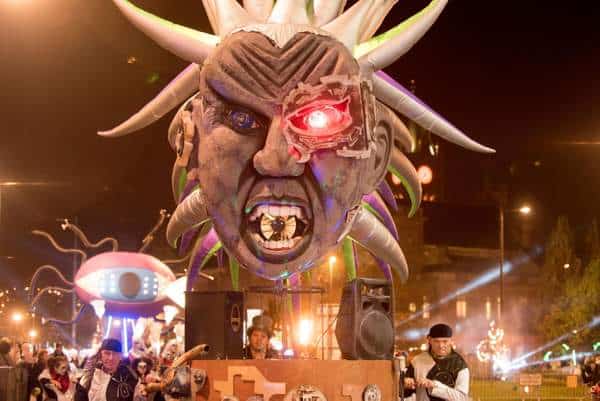
Halloween in Ireland – Derry 2023
The biggest Halloween celebration in the world and this year, Derry Halloween is called Awakening the Walled City. Derry Halloween 2023 returns Saturday 28th – Tuesday 31st October.
In 2023 the Ancients will return to Derry Halloween’s Spirit Worlds, each representing a different spirit of Samhain. The myths and mischief of Samhain will be interwoven throughout, connecting our city to the Worlds Beyond the Walls. Choose the Samhain spirit you connect most with, and move through the city soaking up installations and atmosphere, myths and magic as each World showcase music and mischief to fill the imagination.
A great Samhain gathering.
The Walled City comes alive with ancient spirits welcoming you to join our Awakening. Fill yourself with folklore, feasting, and festivity, as Derry~Londonderry reopens the pathways of the Halloween travellers of the past. Programme coming soon!
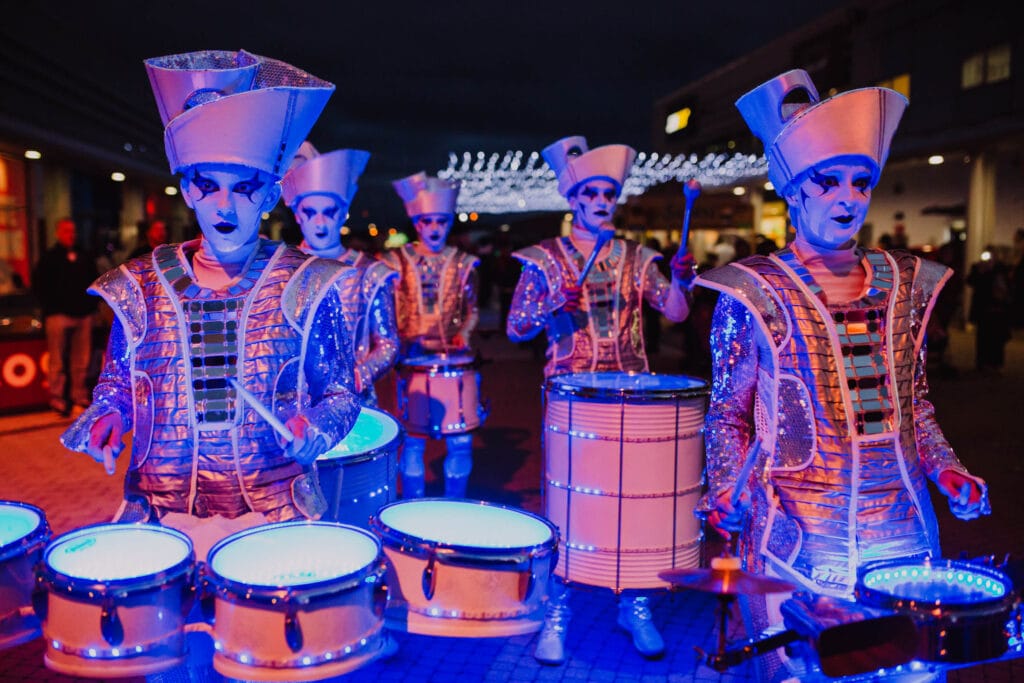
The Púca festival – Pooka Festival
Púca is back and out to make Mischief this Halloween!
Púca will take place in festival hubs Trim and Athboy in County Meath, from Friday 27th to Tuesday 31st October 2023. Events include concerts, Foraging trail, Samhain Circus, and much more.
When the light turns to dark and the veil between the worlds of the living and the dead thins, the creatures of Samhain, Ireland’s ancient Halloween tradition, come to life.
Roaming the darkness like a shadowy spectre, the shape-shifting spirit of Púca comes alive! Changing the fortunes of all who cross her path as she transforms the night into a colourful playground of hallowed celebration.
Through the spectacular nights at Púca Festival, we salute the Halloween spirits through folklore, food, myth and music reopening the pathways of reflection and celebration carved by travellers over 2,000 years ago.
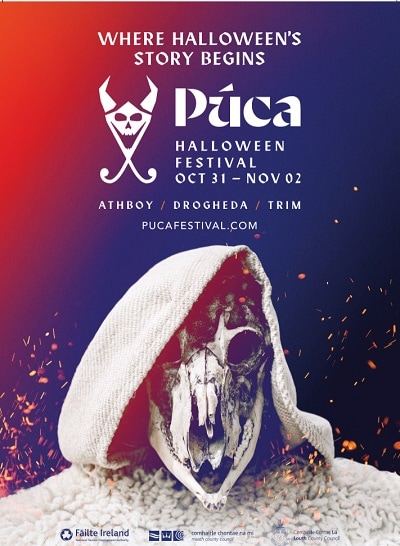
The Bram Stoker Festival
Dublin celebrates four days of Bram Stoker with stories, adventures and so much more on Friday 27 October – Monday 30 October.
“The Bram Stoker Festival playfully celebrates the gothic, the mysterious, the after-dark and the thrill of Halloween, and delves into the legacy of one of Ireland’s most treasured authors.”
There is something for everyone, family-friendly adventures and late-night events including performances, theatre, literary and film events, and Victorian fun parks.
The full programme will be announced in early October. We’ve had lots of time to conjure up deliciously dark treats for Dubliners this year, including an epic spectacle, the return of some family favourites and all the devilish craic you’ve come to expect.
So… save the date, plan those costumes and sign up for the newsletter to make sure you’re first to hear about all the 2023 plans.
Grace Neills the most haunted pub in Ireland
The oldest pub in Ireland (it’s in the Guinness world book of Records) Grace Neill’s in Donaghadee County Down (N. Ireland) is 400 years old and apparently filled with ghosts. Since the pub was home throughout the ages for pirates, fishermen, smugglers, and soldiers and also visited by author Daniel Defoe, composer Franz List and even Peter The Great of Russia have taken a tipple at the bar.
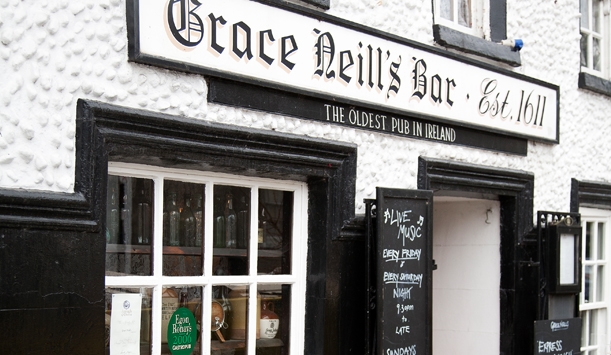
St. Michan’s Mummies
St Michan’s Church in Dublin is surely one of the creepiest and is believed to have inspired Bram Stoker, the Dublin-born author of Dracula. Although you really need to visit Whitby Abbey where the life of Dracula really began to come into focus for Stoker.
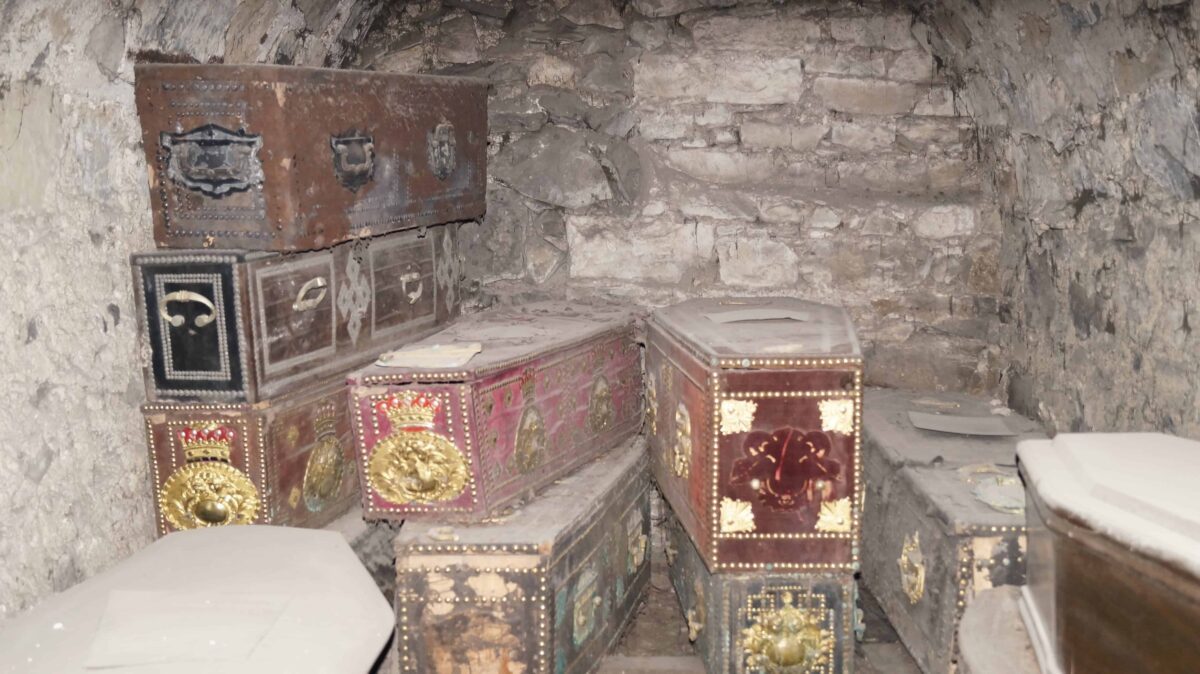
The church houses the organ Handel played as he was composing The Messiah and Irish nationalist martyrs buried in the graveyard – but it’s the crypt and its mummified inhabitants that really hold our macabre imaginations.
No one quite knows the processes by which the bodies have been preserved. Some theories suggest the limestone of the walls dried the bodies; others that the methane of the soggy ground did the job.
Recently some idiot stole one of the mummies’ heads but it has now been returned and the crypt has re-opened. It’s a pretty interesting crypt at that. Legs and arms stick out of coffins and the ancient bodies lie exposed. No one knows who the bodies are though and there are guesses including a Crusader Knight and a nun.
Ghostbus Tour of Dublin
The Ghostbus tour takes you through Dublin’s dark side with tales and legends from Dublin’s dark history including lessons in body-snatching. You will visit a hidden graveyard and the medieval vaults beneath Dublin Castle. Your ghostly tour guides are so good you may not know where the truth ends or begins.
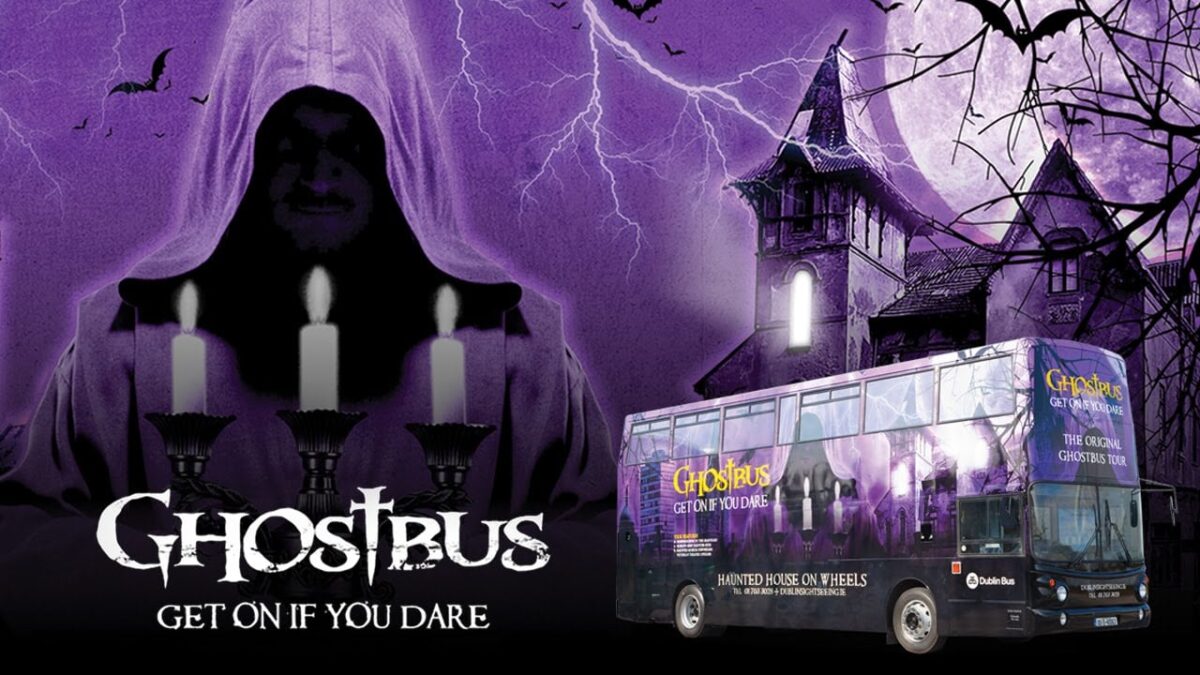
Gravedigger Tour
The Gravedigger tours are the Classic Gravedigger Ghost Bus or the new Gravedigger Ghost Ship Bus. These tours cost around €28 Per person which includes a free shot at the Gravediggers pub and a free Haunted History Dublin walking tour.
Travel back in time to plague-ridden Dublin and the ancient Augustinian Priory, visit “hell” at St. Audeons Gate one of Dublin’s hidden gems and visit the haunting Kilmainham Gaol. At the end of the tour, you are treated to a shot at the Gravediggers Pub near Glasnevin Cemetery which is not only haunted by ghosts but the occasional celebrity who turns up for a pint of the black stuff.
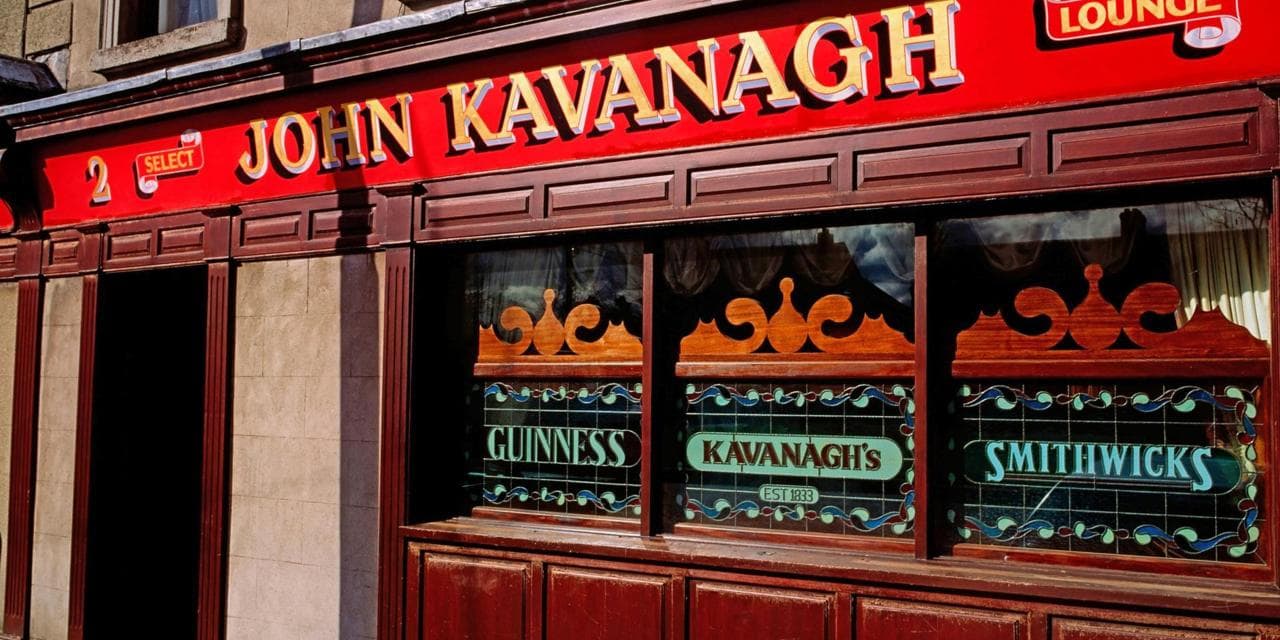
Haunted History Walking Tour of Dublin
Ireland is known as being one of the most haunted countries on the planet with many of the world’s most famous supernatural characters and stories finding their roots in the tales told across the centuries by our ancestors around Irish peat fires on dark, dank nights.
“Let us lead you through the eerie, cobblestoned streets, hearing tales from the underbelly of this city, such as the burning of 18th-century madam Darkey “The Witch” Kelly, the tragic tale of The Green Lady of St. Audoen’s and how Dublin’s “Hell” got its name.”
Bram Stoker Dublin City Walking Tour
A walk of Dublin not for the faint hearted … This tour will take about 2 hours long and it will bring you through the Dublin streets and locations. We will be stopping at many places that influenced the life of Abraham Stoker and take a look into his other close Fellow as well as world famous friends from Dublin’s city of literature.
Witness the Historical Bram Stoker related Sites from the places he partied, got his ideas, lived and much more as we bring you through tales of horror related and some unrelated in what paved the way for Dracula the world famous Novel.
Northside Ghost Walk of Dublin
Hidden Dublin Tours takes you through 1000 years of history starting in Oxmantown the former Viking stronghold. Tales of “hanging judges” and a visit to the most haunted houses in Dublin on Hendrick Street.
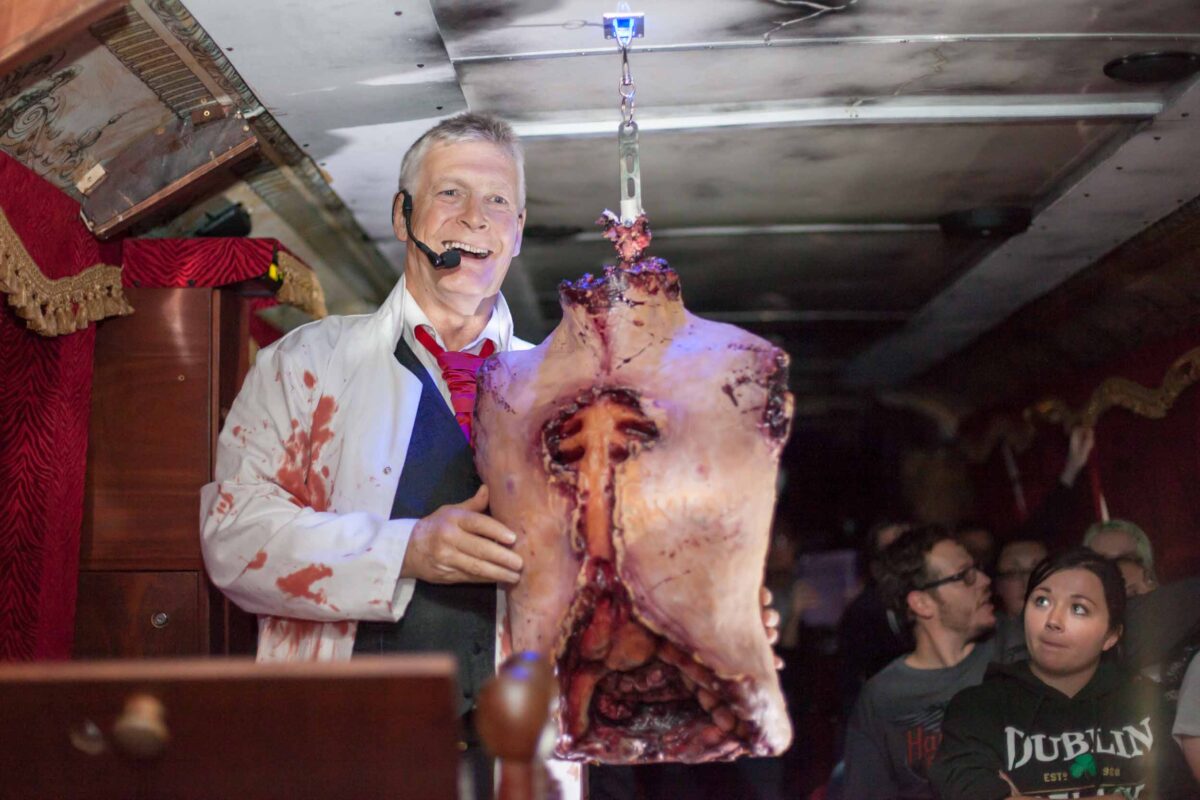
“And what of the haunted hospital? Ghostly nurses have been seen all the way down the block. Could they be the reason for office chairs spinning by themselves in an adjacent building? Or electronic toys turning on and off by themselves? “
Gravedigger Ghost Ship Famine Tour 2
Go back in time to the Great Famine on a purpose-built ship like ghost bus Lead by a ghostly figure as your host.
Drift through Dublin’s (supposedly) fair city and learn its ghostly history including An Gorta Mor (the Great Hunger).
The next chapter of the Gravedigger franchise (GhostShip) has been custom built to give you an eerie feel of what a ‘coffin ship’ (as referred to back then) would have looked like. Climb onboard with great hopes to travel in search of new land and survival and enter a dark, 4D interactive storytelling experience. Will you make it out alive and live to tell the tale of the ghost ship or will you become another statistic of the many coffin ships that now rest in peace?
Experience the dark and crowded conditions Dubliners faced on their journey years ago. Stay below deck in the darkness of the damp, dreary, horrible hold. Learn what it felt like to share a small bunk with up to 6 strangers traveling through horrible storms.
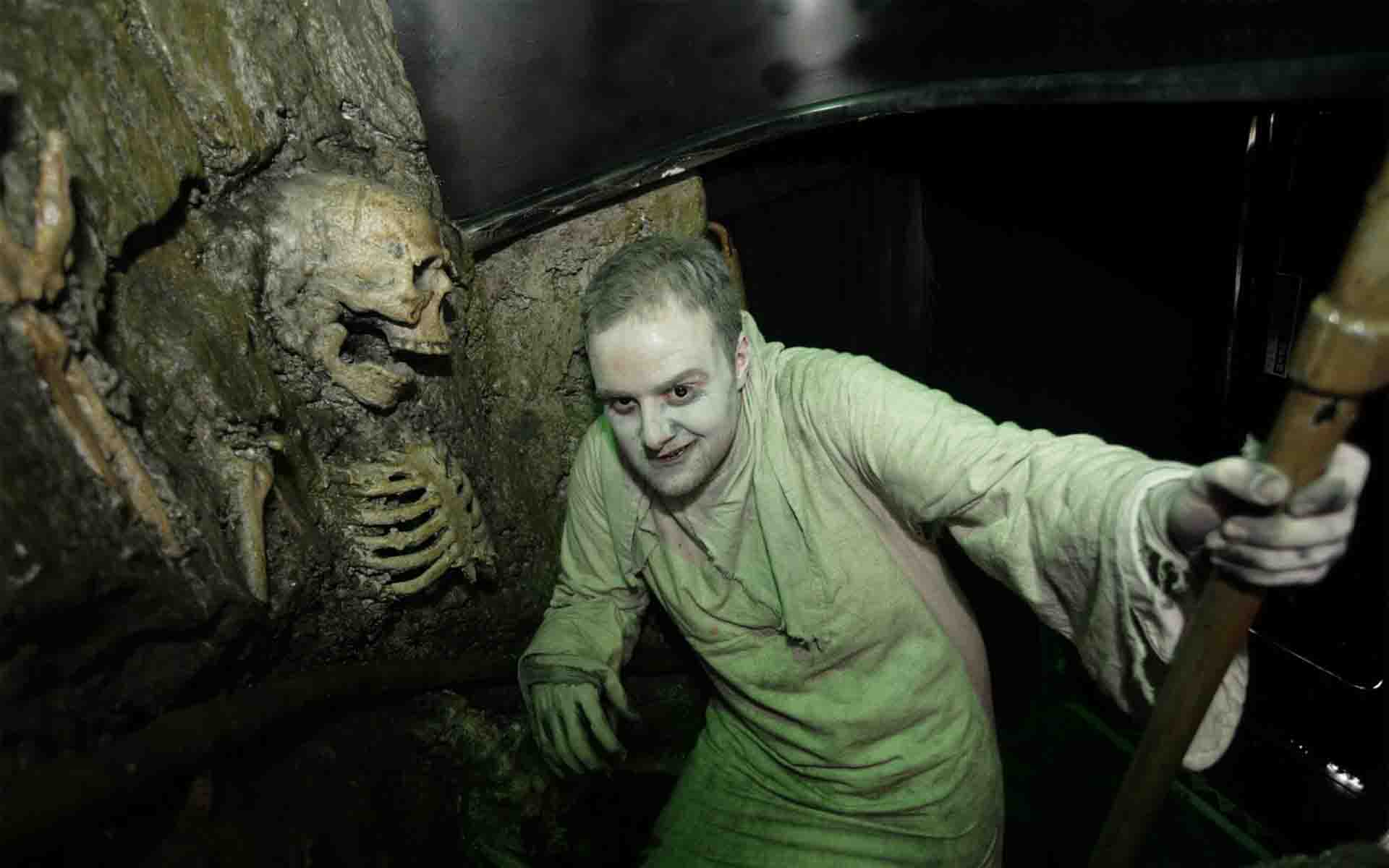
Interestingly Hidden Dublin Tours are the only haunted tour in Dublin that are associated with the Organization for Paranormal Study and Investigation Ireland.
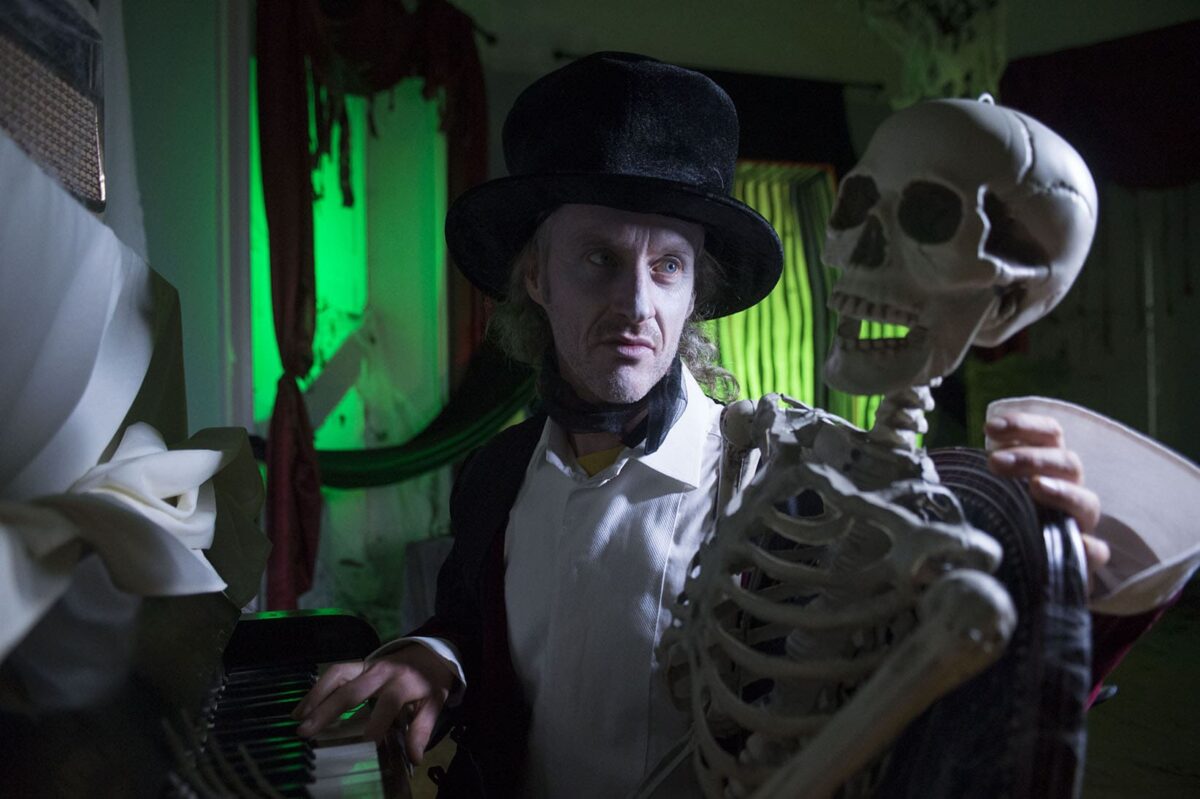
Spirits of Meath
Spirits of Meath Festival 2023 will run from 1st October to 6th November approximately.
According to legend, Samhain, the ancient Celtic Festival that we now call Halloween, originated here in County Meath in the Boyne Valley. Samhain was said to mark the harvest and a time of transition, with feasting and celebration as the long winter nights approached. To this day the Boyne Valley has remained the home of Halloween, the modern equivalent of Samhain. Whether is ‘Fun by Day’ or ‘Fright by Night’, spine-tingling fun awaits for young and old alike in the Spirits of Meath festival. Enter if you dare!

Galway Aboo Halloween Festival 2023
Something spooktacular is taking place in Galway this Halloween Bank Holiday Weekend. On Saturday and Sunday of the October bank holiday weekend, the city’s medieval streets will host many fun and free events planned for the weekend with high spirits guaranteed. The fiendishly creative Macnas Halloween Parade is expected to return once again in Halloween 2023 but has yet to be confirmed.
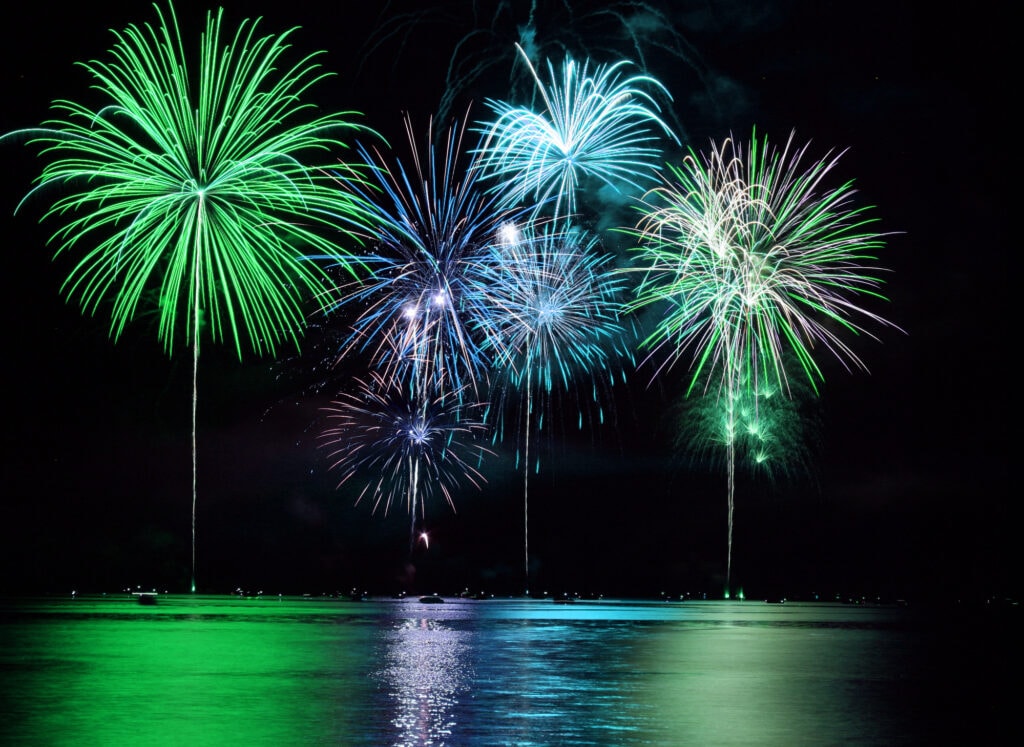
Come celebrate Halloween in Ireland, where the holiday originated and is still deeply rooted in tradition. Ireland’s rich folklore and ancient Celtic traditions make it the perfect destination for experiencing a truly authentic Halloween celebration. The country is full of eerie haunted castles, ancient burial grounds, and mystical landscapes that create an enchanting atmosphere for the holiday. In cities like Dublin and Galway, you can join in the festivities with parades, costume parties, and spooky street performances.
Don’t miss the famous Bram Stoker Festival in Dublin, honoring the Irish author of Dracula, or the Derry Halloween Festival, which transforms the city into a Halloween wonderland. And of course, no Halloween in Ireland is complete without a visit to a haunted house or a ghost tour to explore the supernatural legends that haunt the country. Whether you’re a believer in the paranormal or just looking for a fun and memorable Halloween experience, Ireland is the place to be.
Have you celebrated Samhain or Halloween in Ireland? Where did you go to find the best celebration of Samhain?
And just to convince you to visit more of Ireland here are a few more articles you can read.
The best of Irish slang and 100+ Irish slang phrases
10 Ancient Celtic Holidays to Celebrate in Ireland
101 Landmarks in Ireland to see
101 Landmarks in Northern Ireland
Ultimate Wild Atlantic Way Route
Ireland’s Ancient East – an epic road trip
Rough & Rugged Glencolmcille Ireland 5000 years of history
Cliffs of Slieve League the magnificent sea cliffs of Donegal
15 tips for celebrating St. Patrick’s Day in Dublin
Pin for later
